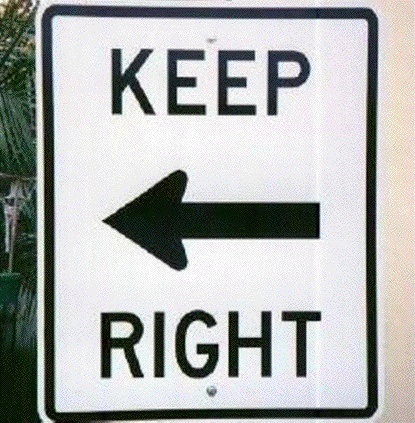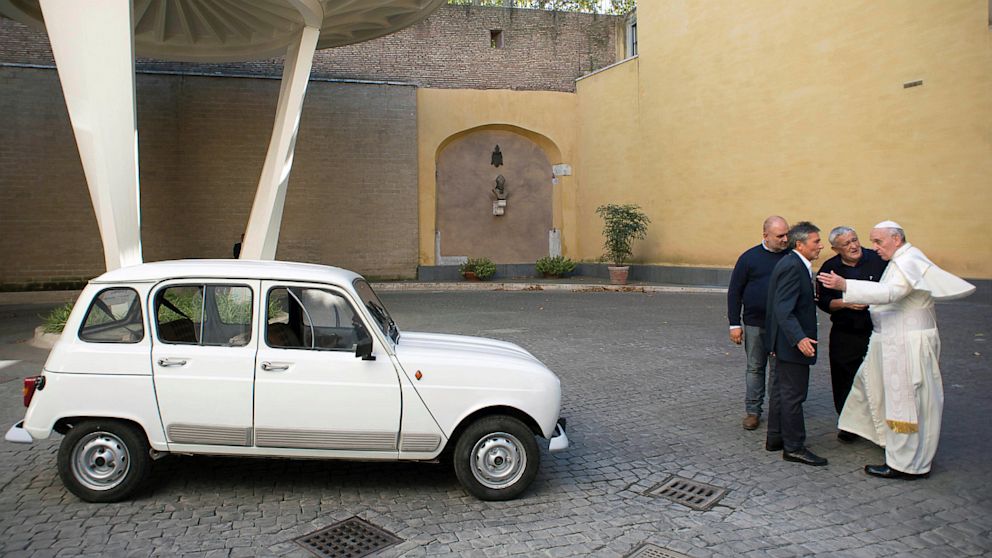Not so long ago business was simpler. You had a brand.
You advertised it.
It was called brand advertising.
You had a sales force.
They knocked on doors (figuratively or literally) and sold your brand.
There was a clear delineation between advertising and selling.
Now the distinction is blurred beyond recognition or no longer exists.
You’re selling to someone on their mobile while they’re waiting for the bus and watching videos on Facebook.
Screen-to-screen selling is the new door-to-door.
It’s versatile. It can sell you Grumpy Cat or financial services with a couple of clicks on Apple Pay.
It’s infinitely scalable.
It’s granularly trackable.
You don’t need an army of sales people demonstrating your vacuum cleaner house by house.
All you need is a great demo video and Fulfillment by Amazon.
Screen-to-screen selling is the future, but the switch from traditional advertising can be a tricky one to make.
Tricky enough that eCommerce accounted for a mere 6.5% of overall retail sales in 2014.
While marketing fundamentals haven’t changed that much, the peripherals are quite another story.
Half the lessons learned from a hundred years of marketing history no longer apply.
And no one seems entirely sure which half.
Here are a few things we do know:
Only one opinion counts and it’s not the agency’s. It’s not even the client’s.
The only opinion that matters is the click-through rate.
And there, in a nutshell is the good and the bad of digital advertising from a creative perspective.
It’s good knowing what works and precisely how well it works.
It’s not so good when what works isn’t what you hoped would work.
Say your finely crafted headline is out-performed by a meat and potatoes headline.
Once this happens, there isn’t much you can do about it.
It’s hard to argue with analytics.
And digital produces lots of analytics.
Sooner or later they will make a mockery of your judgment and kill your favorites.
When this happens you either learn to roll with it, or face a lifetime of frustration.
And this happens on a macro level too.
When Y Combinator’s Paul Graham was asked to invest in Airbnb—here’s how he reacted, in his own words:
“I thought the idea was crazy. … Are people really going to do this? I would never do this.”
Clearly not a potential customer, but he still became an investor.
He didn’t go with his gut, he went with the numbers.
And today Y Combinator’s seed investment is worth north of half a billion.
Here’s another thing we know.
Benefits don’t need to be spelled out. If your phone has 24 hours of battery life, while continuously web surfing over a 4G LTE network, people will quickly figure out they need to recharge it less.
Increasingly, features are benefits.
And unless your product benefits are mind-blowingly esoteric, or earth-shatteringly new, you probably don’t need to explain them.
This is nothing new. Back in the 60’s David Ogilvy wrote, “Headlines that promise a benefit sell more than those that don’t.”
A phrase which has often been misunderstood to mean: Headlines with a benefit sell more than those without one—which is not the same thing at all.
The key word is promise.
Let’s look at one of Ogilvy’s most famous ads:  The benefits are inferred not stated.
The benefits are inferred not stated.
The clock can be heard because the engine is quiet.
The engine is quiet because it is well-engineered.
The benefits of good engineering are twofold.
Passengers can hold a conversation without shouting, and a well-engineered engine is presumably, a reliable engine.
But the reader has to join the dots to get there.
The headline doesn’t directly promote these benefits; it just nudges you towards them.
It’s the promise of a benefit that does the heavy lifting.
And online, a feature is often enough of a promise for the benefit to be understood.
Consumers are savvier than they were in the 60’s.
And that’s good news, because it allows for more direct sales communication.
Something Ogilvy, a former door-to-door kitchen stove salesman, would have appreciated.
What he would have made of screen-to-screen marketing, sadly remains conjecture.







